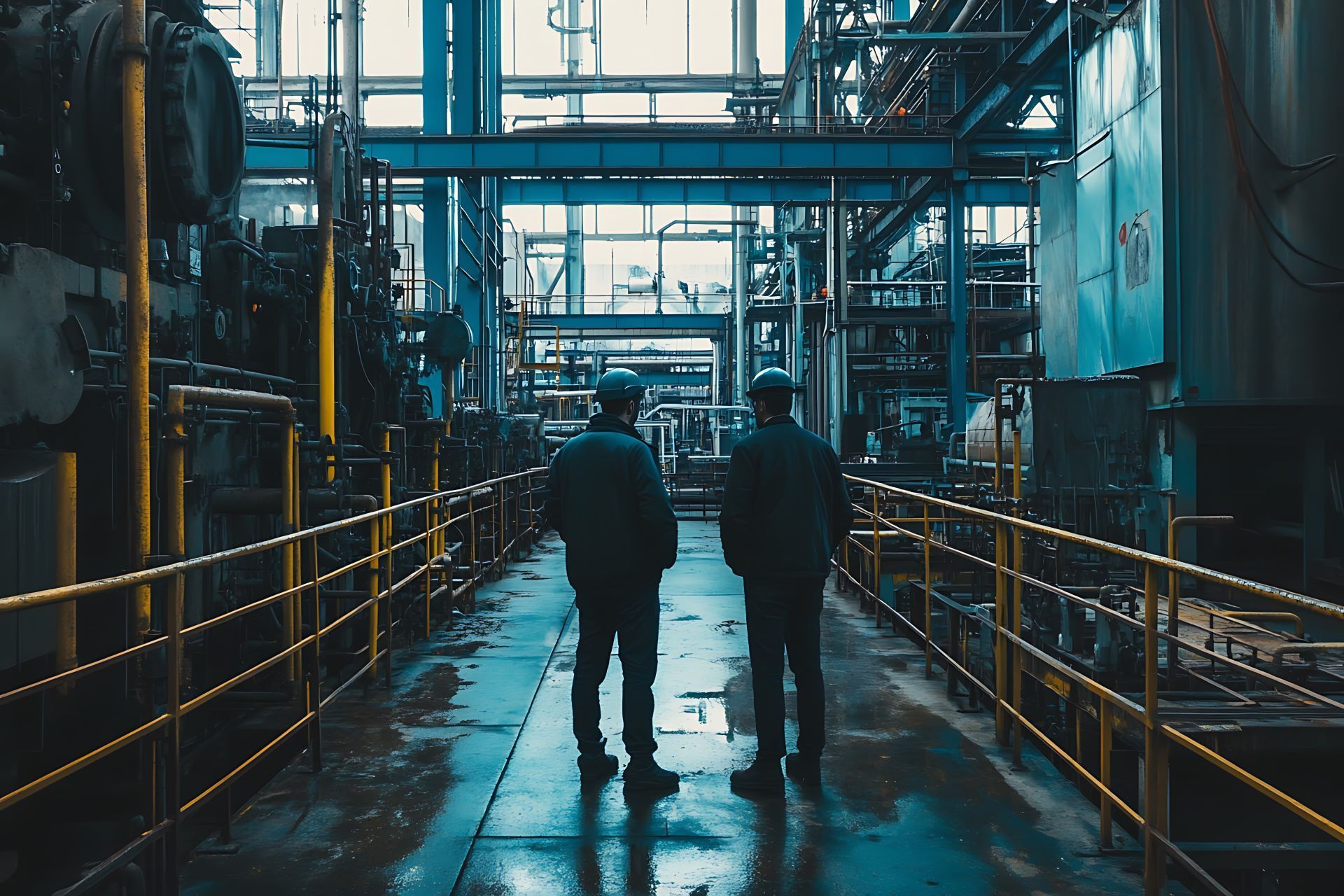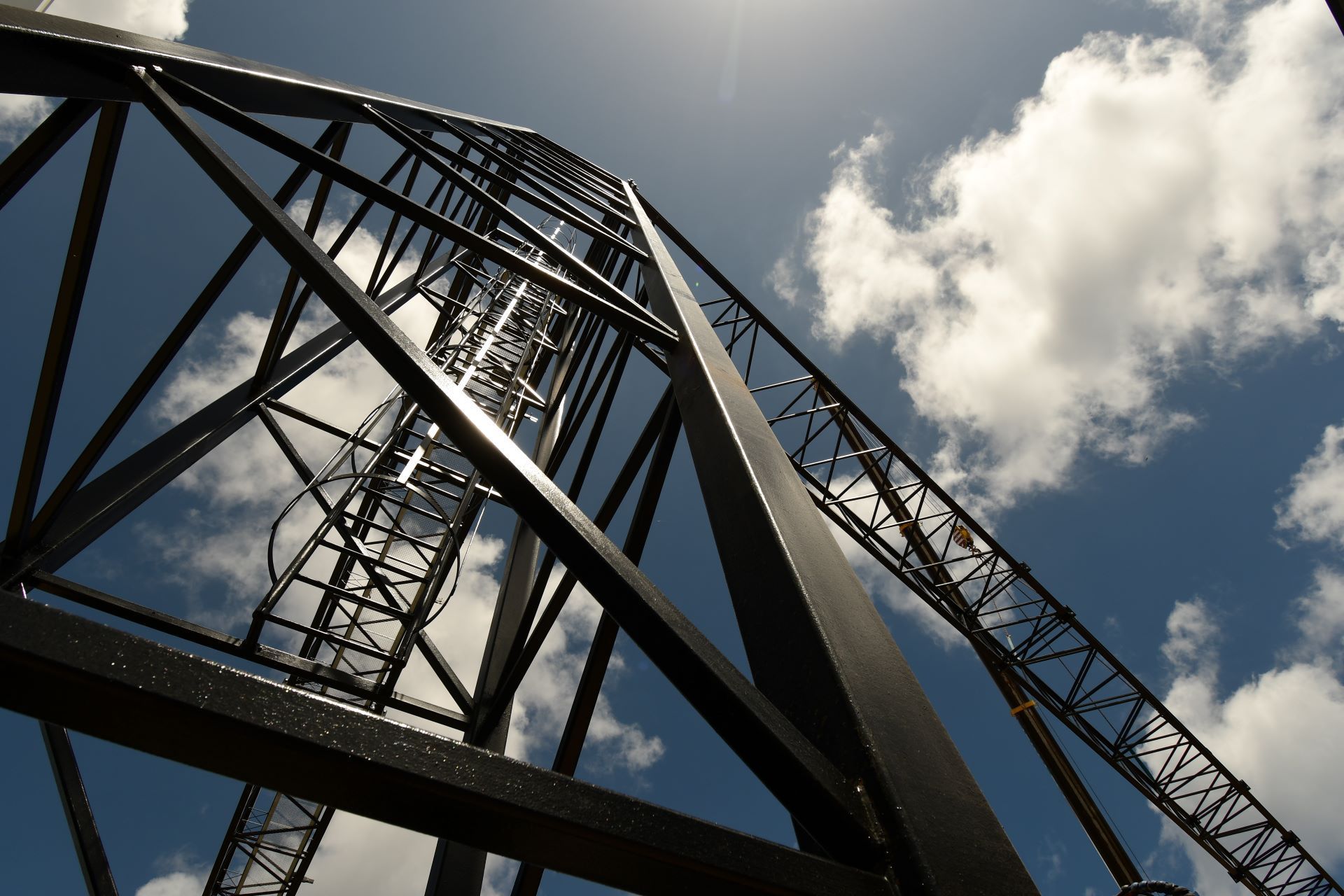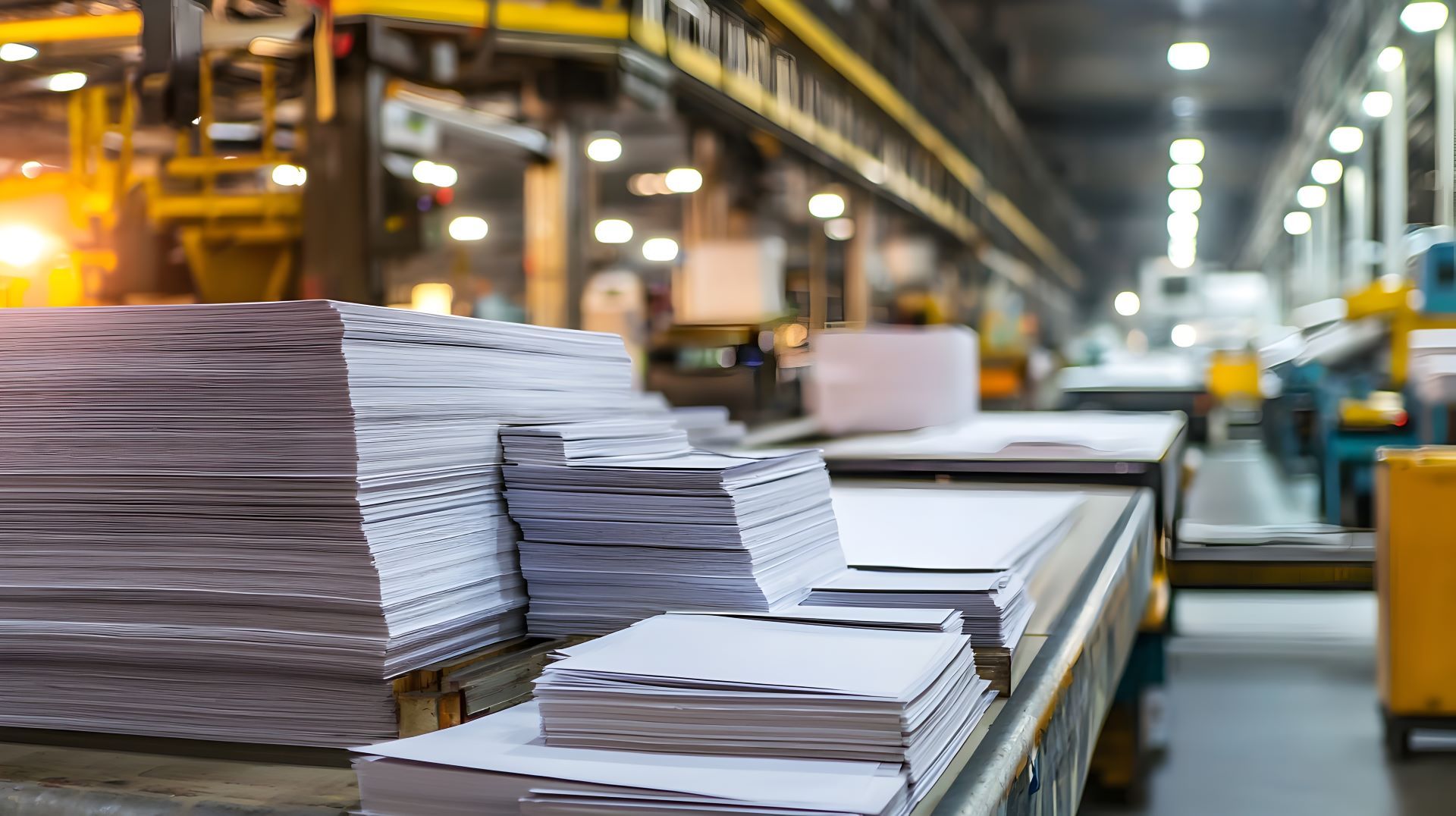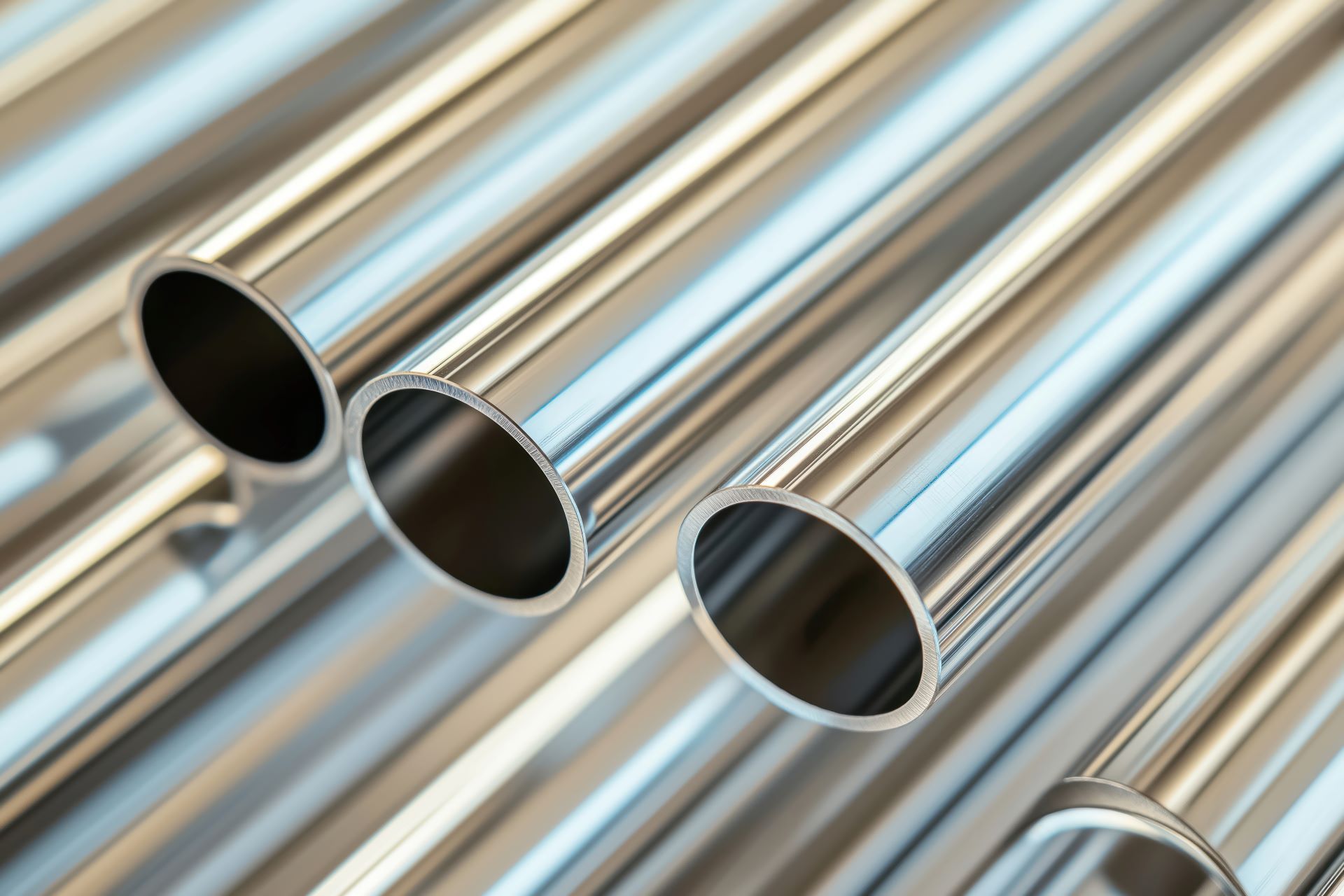Nitrogen vs Oxygen in Laser Cutting Stainless: Edge Color, Dross, and Post-Process Time
In stainless steel fabrication, laser cutting is the preferred method for achieving precision, clean edges, and consistent repeatability. But the performance of the cut doesn’t depend on the laser alone. The choice of assist gas typically nitrogen or oxygen plays a critical role in the final result, affecting everything from edge discoloration to dross formation and cleanup time.
At Action Stainless, we support fabricators with laser-ready stainless plate, sheet, and coil stock, prepared in-house for efficient, accurate cutting. Whether you’re cutting 304, 316, or specialty grades, understanding the differences between nitrogen and oxygen in the laser cutting process helps ensure better part quality, fewer post-process steps, and optimal throughput.
This blog breaks down the impact of assist gas selection, so you can make the right choice for your application, material, and production goals.
How Assist Gases Work in Laser Cutting
When a laser cutter slices through stainless steel, an assist gas is introduced through the nozzle alongside the beam. This gas helps:
- Expel molten material (dross) from the cut
- Protect the cut zone from oxidation
- Control the reaction between the laser and the metal
- Influence edge finish, burr formation, and heat-affected zone (HAZ)
The two most commonly used gases
nitrogen and oxygen offer very different performance outcomes.
Oxygen Assist: Reactive Cutting with Faster Speeds
Oxygen is a reactive gas, meaning it combines chemically with the molten stainless at the cut front, generating additional heat through exothermic reaction. This speeds up cutting in thicker material but introduces several tradeoffs.
Characteristics of Oxygen Cutting:
- Faster cut speeds for thick sections
- Pronounced heat-affected zone (HAZ)
- Darkened, oxidized edge surfaces
- More burrs or slag (dross) to remove
- Potential discoloration or tempering at the cut edge
This method is ideal when speed is critical, especially on thicker plate (e.g., over 0.250"). However, the downside is more edge cleanup, which may include grinding or secondary polishing particularly if appearance or weld prep is a concern.
At Action Stainless, our thicker stainless plate stock is cuttable with oxygen, but we always help customers understand whether the extra post-process time offsets the speed advantage.
Nitrogen Assist: Inert Cutting for Clean, Bright Edges
Nitrogen, by contrast, is an inert gas. It does not react with the molten stainless, which means no oxidation or heat-boosting chemical reaction occurs. Instead, nitrogen purely blows away the molten material, protecting the integrity and color of the cut edge.
Characteristics of Nitrogen Cutting:
- No oxidation or discoloration at the cut edge
- Bright, clean finish suitable for cosmetic applications
- Minimal dross or burr formation
- Tighter dimensional control and less warping
- Slower cutting speed compared to oxygen in thick sections
- Higher gas consumption cost
Nitrogen is especially useful for applications where edge aesthetics, hygiene, or downstream forming and welding are critical.
We regularly see customers order polished 304 or 316L sheets from Action Stainless, cut using nitrogen to preserve the finish and eliminate cleanup steps before sanitary fabrication or architectural assembly.
Comparing Nitrogen vs. Oxygen in Stainless Steel Cutting
Here’s how the two assist gases perform across key metrics in stainless laser cutting:
| Factor | Oxygen Cutting | Nitrogen Cutting |
|---|---|---|
| Cutting Speed | Faster (especially in thick material) | Slower, but consistent |
| Edge Appearance | Dark, oxidized, potential temper colors | Clean, bright, no discoloration |
| Dross / Burr Formation | Higher requires post-processing | Minimal usually no cleanup needed |
| Heat-Affected Zone | Larger HAZ, more edge hardening | Minimal HAZ, preserves mechanical properties |
| Gas Cost | Lower | Higher (due to higher pressure/flow needed) |
| Weld/Finish Prep | Often needed due to oxide layer | Usually not needed ready for TIG, MIG, or forming |
| Typical Use Cases | Heavy gauge, low-visibility parts | Food-grade, architectural, thin-sheet applications |
This table reflects the
real-world performance our customers report across sectors like OEM components, food-grade systems, and industrial parts.
How Cut Edge Quality Affects Fabrication
Laser cutting isn’t just about part separation it’s about preparing material for downstream operations, including forming, welding, passivation, or sanitary cleaning. The cleaner the cut, the fewer the problems later.
With oxygen cuts:
- Weld prep may require grinding or mechanical cleaning
- Surface oxidation can interfere with pickling or passivation
- Discoloration can reduce visual appeal in exposed parts
With nitrogen cuts:
- Edges are weld-ready
- Surfaces maintain original finish with minimal cleanup
- Parts can be powder coated or passivated immediately
For these reasons, many customers at Action Stainless request nitrogen-cut stainless, especially when purchasing 2B or polished sheets where finish integrity is essential.
Application Based Gas Selection
At Action Stainless, we help buyers match material and temper to their planned cutting process. Here’s a breakdown of where each assist gas is most commonly used based on fabrication goals:
Oxygen is often used for:
- Structural stainless components
- Hidden frame members
- Thicker plate (>0.250") where speed is needed
- Parts that will be further milled or ground
Nitrogen is favored for:
- Food-grade fabrication
- Architectural stainless systems
- Pharmaceutical or chemical tanks
- Components going directly to weld or polish
Supporting Your Laser Cutting Needs at Action Stainless
We provide laser-ready stainless sheet and plate in common cutting grades such as:
Our in-house processing includes:
- Plasma and shear cutting
- Saw cutting for bar and tube prep
- Custom packaging to prevent surface damage
- Material certification (MTRs) for all lots
Choosing the Right Gas Starts with the Right Stainless
No matter how precise your laser is, edge quality depends on the right combination of base material and assist gas. If your stainless sheet isn’t flat, clean, or alloy-correct, even the best gas won’t produce good results.
That’s why Action Stainless works with customers to:
- Confirm alloy and temper for planned cutting
- Recommend the appropriate gauge or plate thickness
- Match material to nitrogen or oxygen assist expectations
- Provide full traceability for compliance and QA
We keep common sizes and grades in stock at multiple locations and process all materials in-house, so you never have to worry about lead times or third-party delays.
Conclusion: Assist Gas Choice Can Make or Break Laser Cut Quality
Both nitrogen and oxygen have their place in stainless laser cutting but the gas you choose will directly affect your edge quality, post-processing time, and final part performance. When cutting stainless for sanitary, aesthetic, or weld-ready applications, nitrogen offers unmatched edge cleanliness and consistency. For structural parts or thick-section speed, oxygen may be the better option but it comes with cleanup tradeoffs.
At Action Stainless, we don’t just deliver sheet and plate we help you select the right stainless, in the right form, for the right laser process. And with in-house processing, your material shows up ready for immediate cutting no flattening, cleaning, or prep needed.
Let us know your cut method, edge requirement, and application and we’ll help you source stainless that performs exactly how your laser expects.






